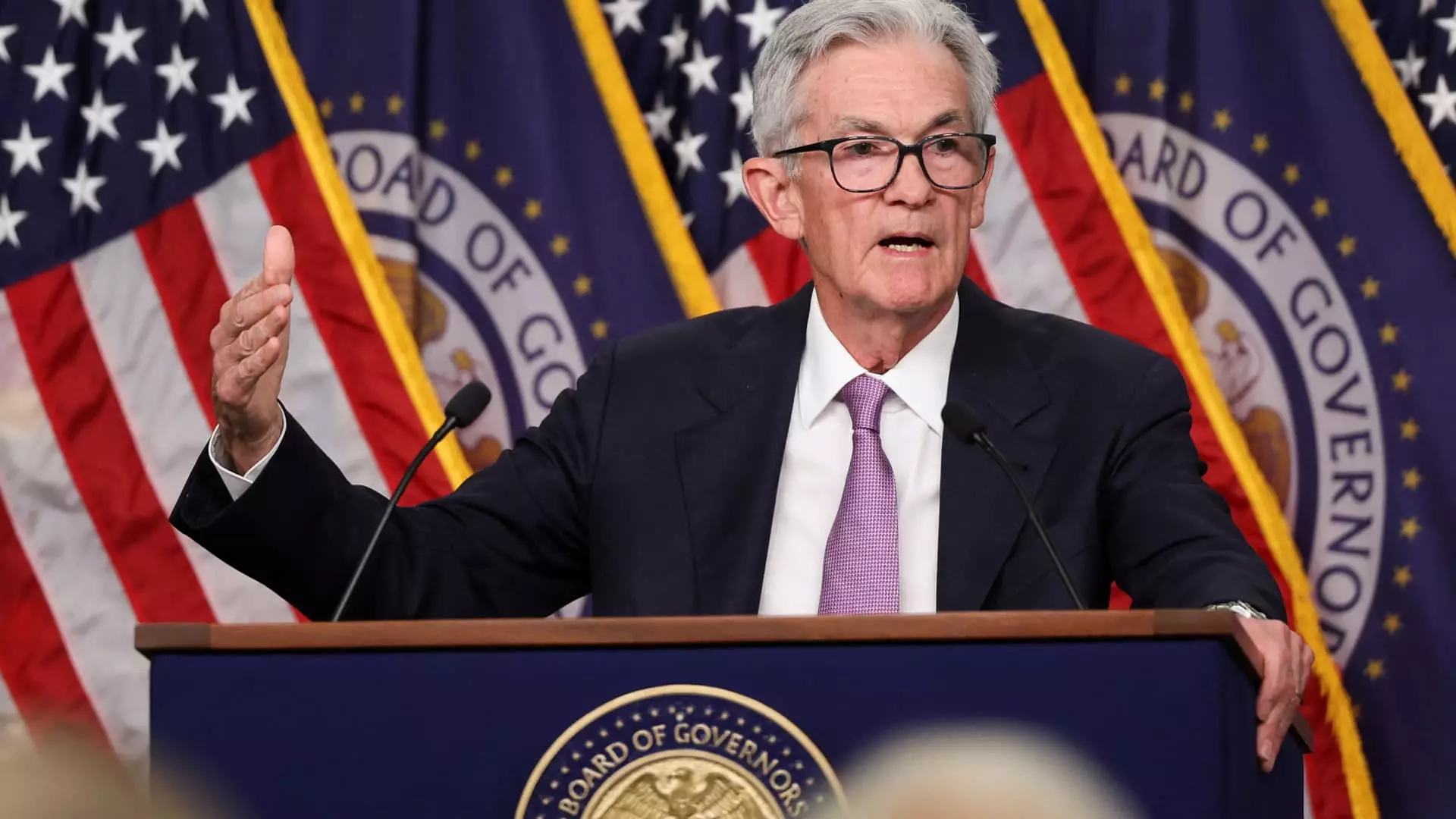The Federal Reserve plays a crucial role in shaping the U.S. economy through its monetary policy decisions. Recently, in a notable move toward recalibrating its approach, the Fed announced a second consecutive interest rate cut, reducing the benchmark borrowing rate by 25 basis points to a range of 4.50%-4.75%. This decision follows a more aggressive half-percentage-point cut made just the previous month. As the Fed strives to align its monetary policy with current economic conditions, understanding the implications of these changes is essential for consumers and investors alike.
Interest rate adjustments have a broad impact on various financial products, including mortgages, credit cards, and auto loans. The Federal Open Market Committee’s unanimous decision to cut rates was met with anticipation from market analysts, who had expected a conservative approach following the significant cut in September. Interestingly, while the earlier rate reduction faced dissent from a Fed governor for the first time in years, this unanimous voting signals a cohesive perspective among committee members regarding the necessity of current adjustments.
In its post-meeting statement, the Fed acknowledged a shift in its assessment of the labor market and inflation. Unlike the preceding month, where an atmosphere of growing confidence prevailed, the current stance reflects a more tempered view. The statement indicated that both employment and inflation risks have leveled out, underscoring a delicate balance the Fed aims to maintain. This recognition of a softer labor market, alongside sustained economic expansion, illustrates the Fed’s dual mandate: to promote maximum employment while stabilizing prices.
Despite the suggested easing of the labor market, overall employment conditions remain comparatively robust. Data from October revealed a modest increase of just 12,000 nonfarm payrolls, a performance partially attributed to external factors like severe weather and labor strikes. However, with the unemployment rate still low, there is a general sense of resilience in the labor market, which allows the Fed to adopt a more relaxed monetary stance.
Economic growth parameters further complicate the Federal Reserve’s decision-making landscape. The third quarter of this year saw GDP growth at a muted 2.8%, slightly above historical averages but lower than anticipated. Forecasts for the fourth quarter hint at growth around 2.4%, consistent with a broader trend indicative of steady economic activity. This performance creates a paradox: while growth remains solid, inflation competes as an urgent matter requiring attention.
The political environment is an enduring factor in economic decision-making. The recent electoral shift in leadership has left economists speculating about its potential impact on inflation and economic policy. President Donald Trump is anticipated to implement measures that could lead to inflationary pressures, conflicting with prior periods of low inflation experienced during his administration. The Fed’s approach, however, remains unaffected by immediate political dynamics, with Chairman Jerome Powell asserting the central bank’s independence from external influences. Although market traders expect further rate cuts, including a possible quarter-point reduction in December, the path forward is intertwined with both economic performance and political developments.
Moreover, the “terminal” point for the Fed—where it considers monetary policy sufficiently accommodative—remains an ongoing topic of discussion. Understanding when and how the Fed will finalize its strategy is critical for anticipating future movements in interest rates, which the market is closely monitoring. The Fed’s “dot plot” from September indicated expectations for additional rate decreases into 2026, raising questions about long-term economic effects.
Despite the Fed’s recent cuts, the immediate market response has been less than favorable. Treasury yields have risen since the September adjustment, reflecting investors’ sentiments about potential inflation impacts being weighed against the benefits of lower borrowing costs. For example, 30-year mortgage rates have increased significantly, making home ownership potentially less accessible for many consumers. This contradiction between the Fed’s initiatives and market reactions underscores the complexities involved in guiding economic policy.
The Federal Reserve aims to achieve a “soft landing” for the economy—an environment where inflation is controlled without triggering a recession. While its preferred inflation gauge currently indicates a rate of 2.1%, the core inflation rate stands at 2.7%. This ongoing pursuit of economic stability and sustainable growth will require vigilant monitoring of both inflationary trends and the health of the labor market as the Fed navigates uncharted waters in a rapidly changing economic landscape.
The Federal Reserve’s recent interest rate cuts illustrate its commitment to adjusting monetary policy in response to evolving economic conditions. Balancing the dual mandates of fostering employment and managing inflation is a complex endeavor, one that necessitates ongoing evaluation of both economic and political factors. As consumers and investors digest these changes, skepticism and cautious optimism will likely frame reactions in the months ahead.

